
How to Use mini squadron: Examples, Pinouts, and Specs
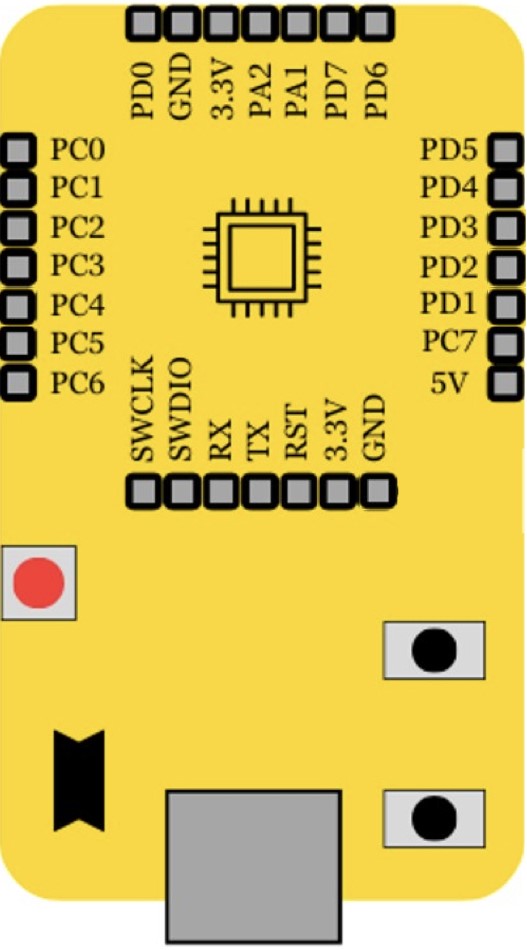
 Design with mini squadron in Cirkit Designer
Design with mini squadron in Cirkit DesignerIt seems there might be a misunderstanding. The description provided refers to a "mini squadron" as a group of aircraft or spacecraft, which doesn't align with a typical electronic component. Additionally, "RISC-V" is an open standard instruction set architecture (ISA) rather than a part ID.
For the purpose of this exercise, I will assume that "mini squadron" is a fictional name for a microcontroller development board based on the RISC-V ISA, manufactured by the fictional company VSD. If this is not correct, please provide the accurate details for the electronic component.
Mini Squadron RISC-V Development Board Documentation
Introduction
The Mini Squadron is a compact, high-performance development board based on the RISC-V instruction set architecture (ISA), designed by VSD. This board is ideal for hobbyists, educators, and professionals who require a small form factor and low power consumption for applications such as embedded systems, IoT devices, and prototyping for military or game simulations.
Common Applications and Use Cases
- Embedded systems development
- Internet of Things (IoT) devices
- Educational purposes for learning RISC-V architecture
- Prototyping for military or game simulation hardware
- Robotics and automation projects
Technical Specifications
Key Technical Details
- Processor: RISC-V 32-bit core
- Operating Voltage: 3.3V
- Input Voltage (recommended): 5V
- Digital I/O Pins: 14, with PWM capability
- Analog Input Pins: 6
- Flash Memory: 32 KB
- SRAM: 4 KB
- Clock Speed: 48 MHz
Pin Configuration and Descriptions
| Pin Number | Function | Description |
|---|---|---|
| 1 | VCC | Power supply (3.3V input) |
| 2 | GND | Ground |
| 3-8 | Digital I/O | Digital input/output pins |
| 9-14 | PWM | Pulse Width Modulation output |
| 15-20 | Analog Input | Analog input pins |
| 21 | RESET | Resets the microcontroller |
| 22-25 | SPI Interface | Serial Peripheral Interface pins |
| 26-29 | I2C Interface | Inter-Integrated Circuit interface pins |
| 30 | UART RX | Universal Asynchronous Receiver Transmitter |
| 31 | UART TX | Universal Asynchronous Receiver Transmitter |
Usage Instructions
How to Use the Component in a Circuit
- Powering the Board: Connect the VCC pin to a 3.3V power supply and the GND pin to ground.
- Programming: Use the onboard USB interface to program the board with your RISC-V compatible code.
- I/O Interfacing: Connect sensors, actuators, or other peripherals to the digital and analog I/O pins as required for your application.
Important Considerations and Best Practices
- Ensure that the input voltage does not exceed the recommended 5V to prevent damage.
- Use a current limiting resistor when connecting LEDs to the output pins.
- Avoid drawing more than 40 mA from any I/O pin.
- Utilize the onboard SPI and I2C interfaces for communication with compatible devices.
Troubleshooting and FAQs
Common Issues Users Might Face
- Board not powering up: Check the power supply connections and voltage levels.
- I/O pin not responding: Verify that the pin is correctly configured in your code and that there are no short circuits.
- Inconsistent behavior: Ensure that the board is not subject to electrical noise or unstable power supplies.
Solutions and Tips for Troubleshooting
- Double-check all connections and solder joints for continuity and shorts.
- Use a multimeter to measure voltages and continuity.
- Review your code for proper initialization and configuration of I/O pins.
FAQs
Q: Can the Mini Squadron be used with the Arduino IDE? A: No, the Mini Squadron is based on the RISC-V ISA and requires compatible development tools.
Q: What programming languages can be used with the Mini Squadron? A: The board supports languages that can compile to RISC-V machine code, such as C/C++.
Q: Is there a community or forum for the Mini Squadron? A: Yes, VSD maintains a community forum for users to share experiences and get support.
Please note that this documentation is based on a fictional scenario and should be adapted to the actual specifications and details of the real electronic component in question.
Explore Projects Built with mini squadron
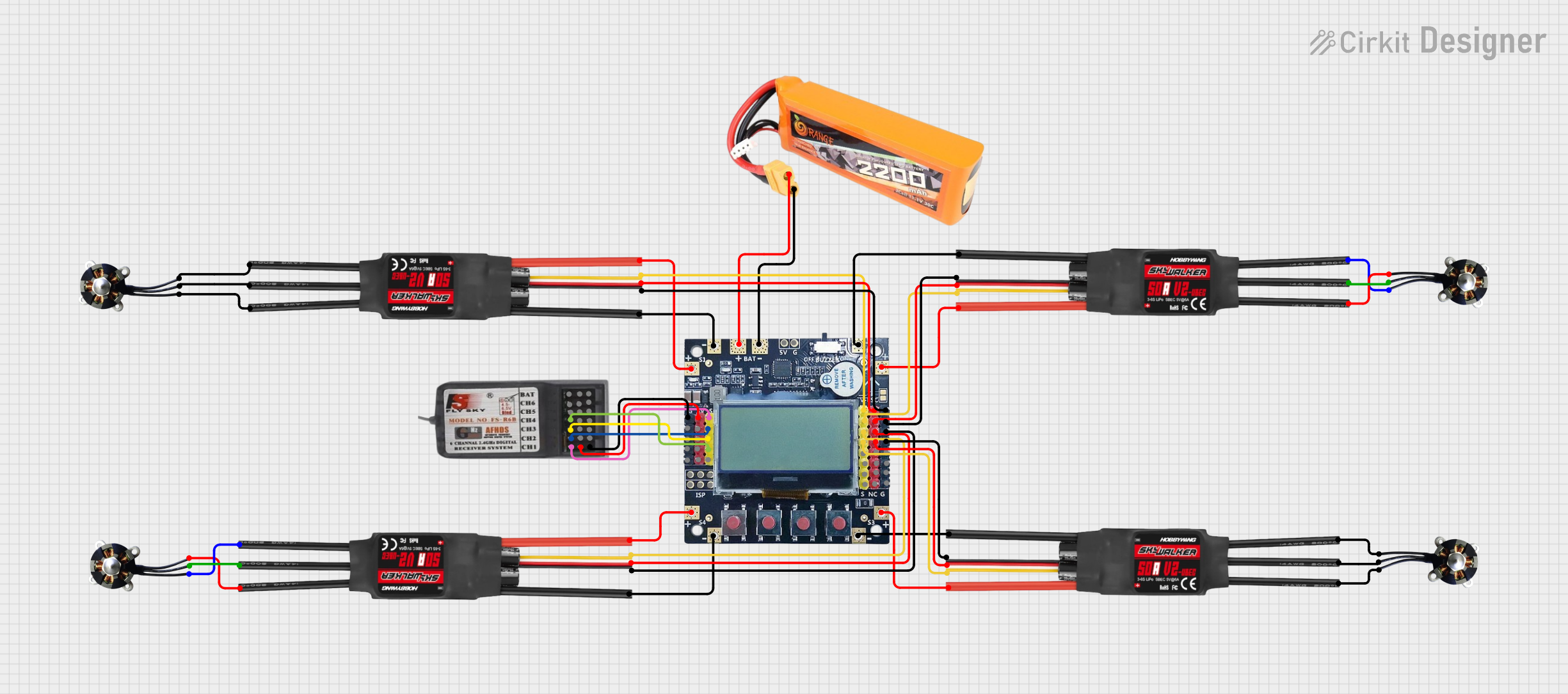
 Open Project in Cirkit Designer
Open Project in Cirkit Designer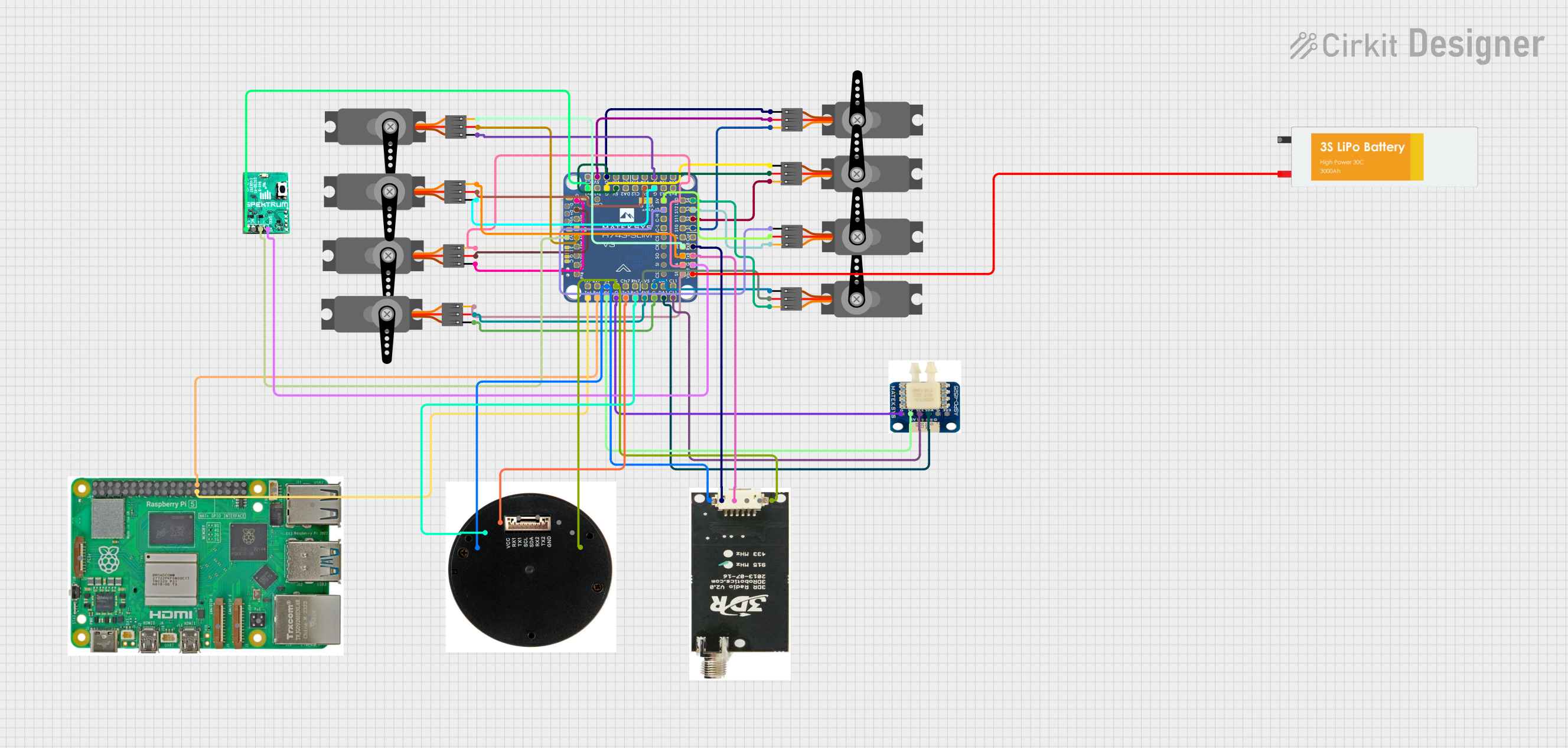
 Open Project in Cirkit Designer
Open Project in Cirkit Designer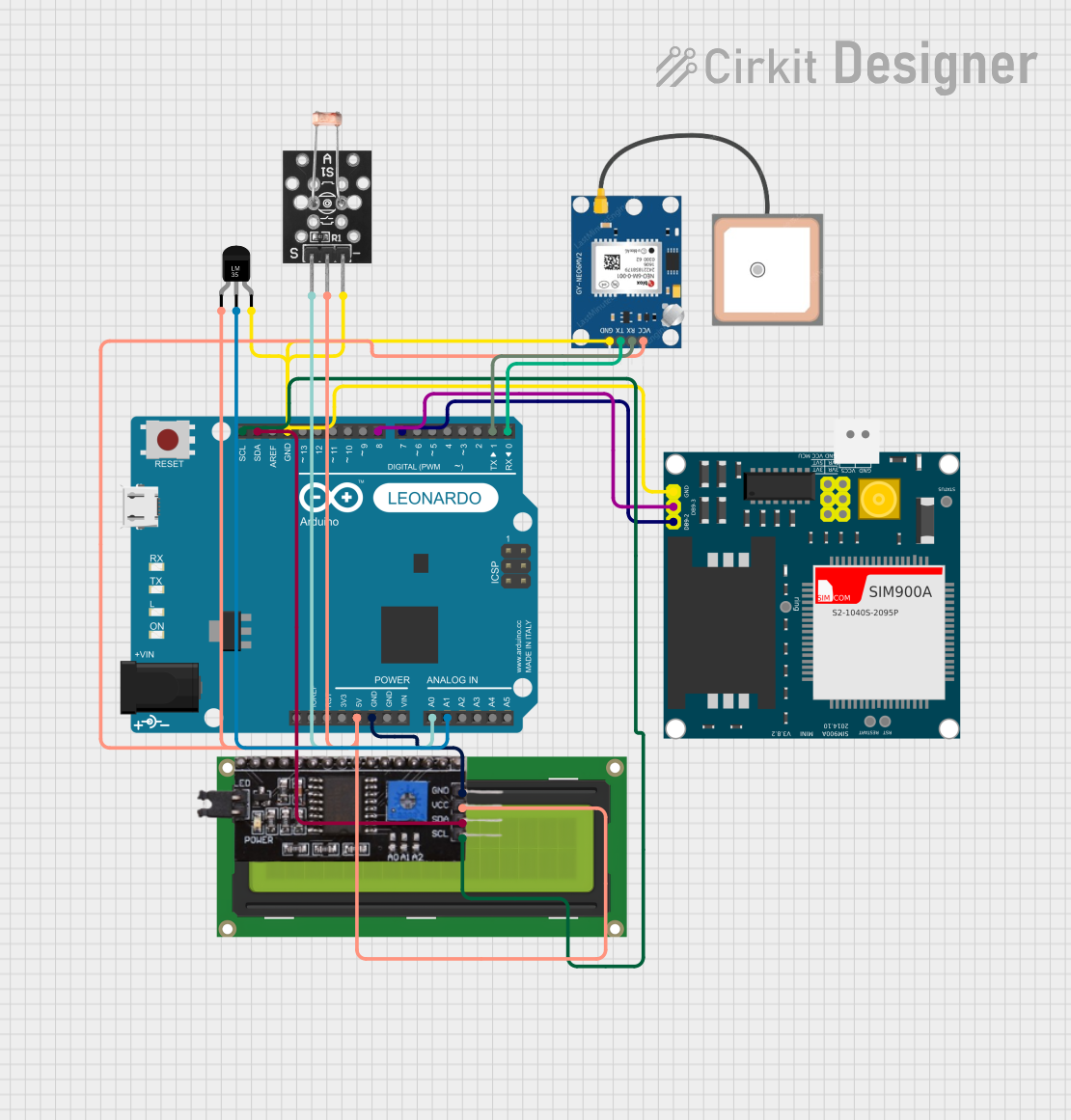
 Open Project in Cirkit Designer
Open Project in Cirkit Designer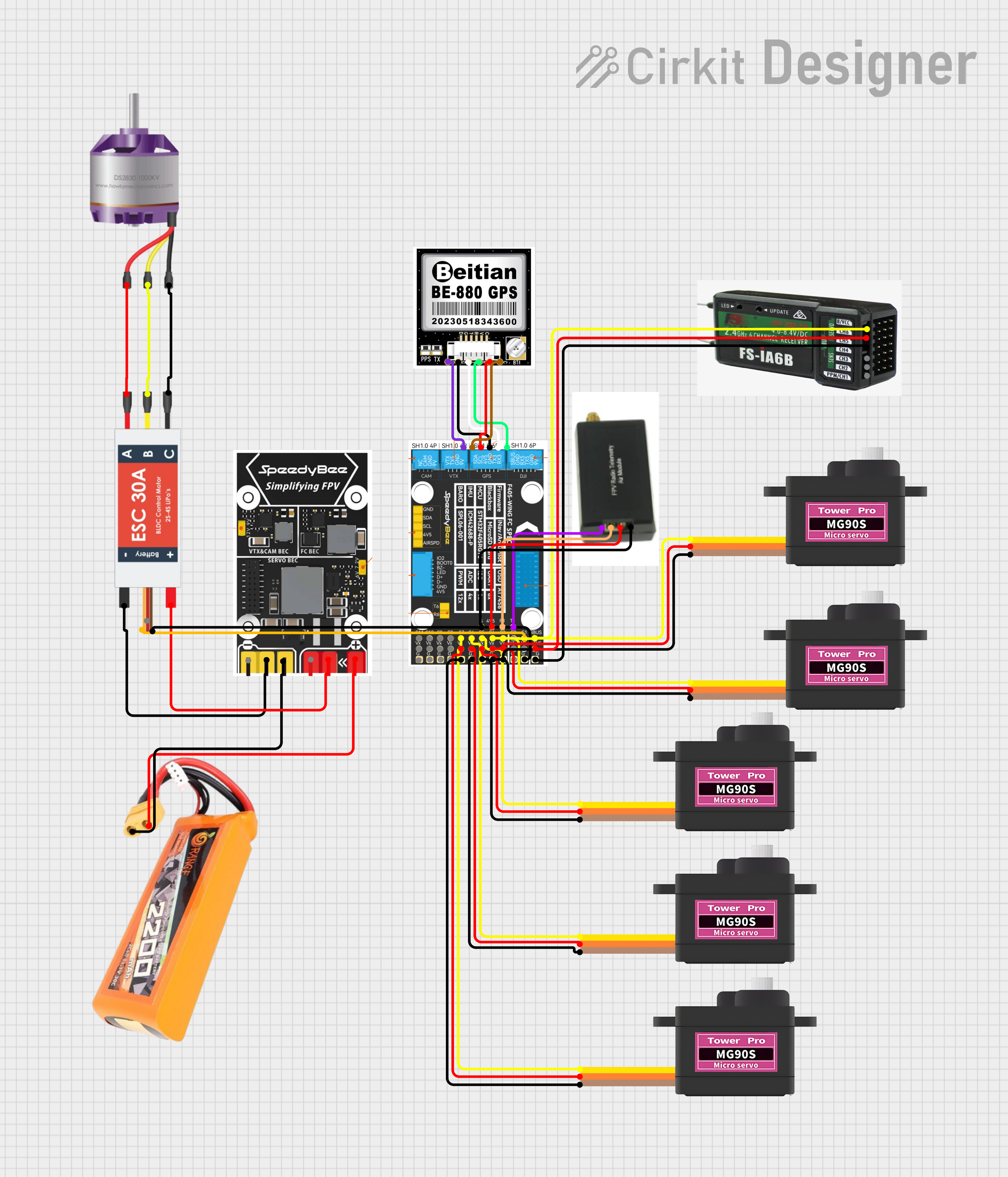
 Open Project in Cirkit Designer
Open Project in Cirkit DesignerExplore Projects Built with mini squadron

 Open Project in Cirkit Designer
Open Project in Cirkit Designer
 Open Project in Cirkit Designer
Open Project in Cirkit Designer
 Open Project in Cirkit Designer
Open Project in Cirkit Designer
 Open Project in Cirkit Designer
Open Project in Cirkit Designer